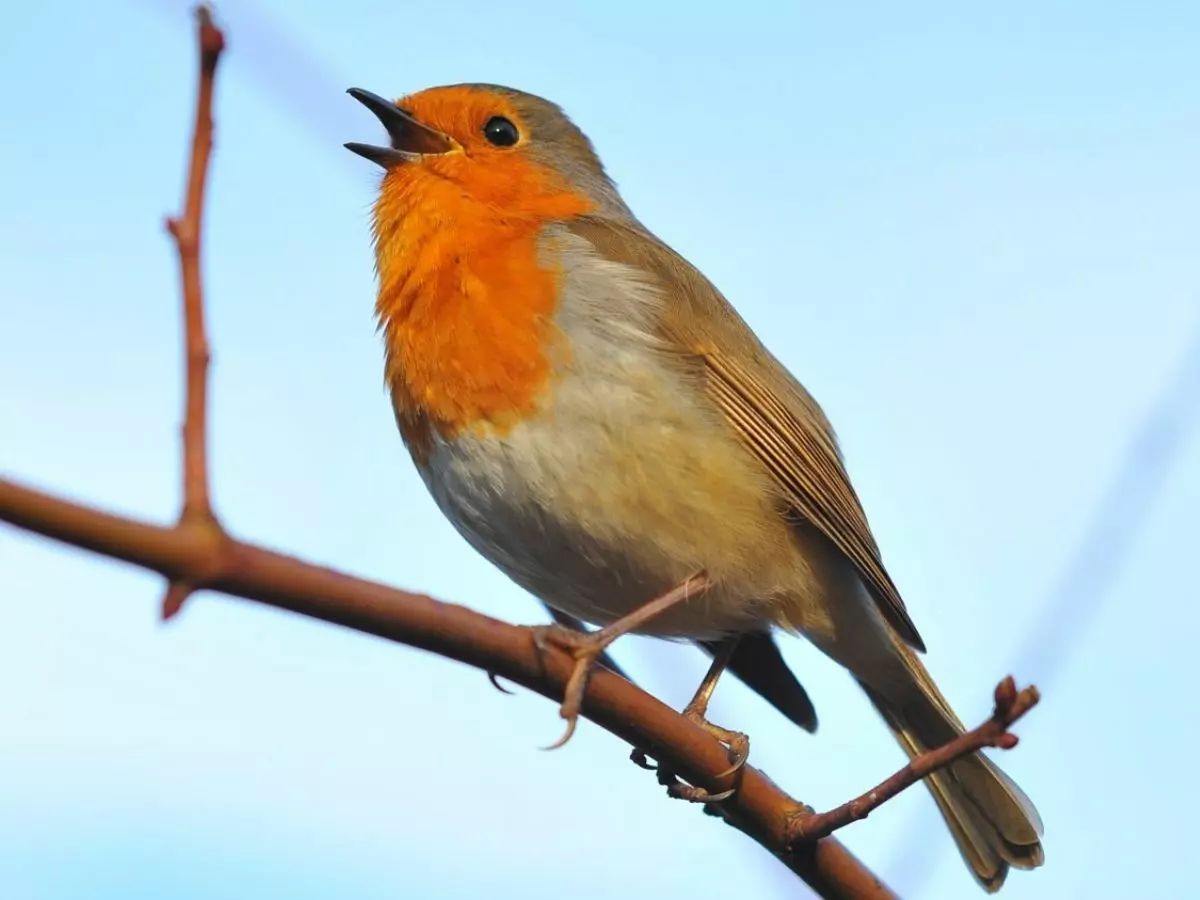Song Birds Sing And Communicate With Others Just Like Humans, Reveals Study
Sakata also found that the brain mechanisms that control breathing and vocal muscles are organised in a similar way in birds as humans.

A study from researchers at McGill University has discovered that song phrases of many songbird species follow patterns similar to human speech in several respects.
 PBS
PBS
Also Read: Climate Change Is Affecting Where Birds Breed And Their Population, Reveals Study
As per the study (published in journal Current Biology), the songbirds would use shorter elements of words or sounds, while forming longer phrases. According to linguists, this pattern, also referred to as Menzerath¡¯s law, could allow making communication more efficient by making things easier to say or understand.
McGill researchers point that in songbirds, physical factors like muscle fatigue or limited lung capabilities also contribute to the conversation pattern. According to researchers, similar factors could result in seeing Menzerath¡¯s law in humans.
Jon Sakata, a professor in McGill's Biology Department and the senior author on the paper explains, "Although we see Menzerath's Law in all the songbird species we looked at, and others have seen it among primates and penguins, we aren't sure this necessarily reflects enhanced communication efficiency in non-human animals.¡±
He added, ¡°It is possible that these patterns of communication that we saw in songbirds are caused by physical predispositions and constraints.¡±
Also Read: Young Birds Are Forgetting Their Songs As Adults Are Dying Faster, Says Study
Sakata also found that the brain mechanisms that control breathing and vocal muscles are organised in a similar way in birds as humans.
 iStock
iStock
Also Read: Male Birds Sounded Sexier To Females In COVID-19 Lockdown, Says Study
The theory behind the physical elements playing a role in song patterns is based on the fact that when researchers compared the song patterns of birds that had been typical trained by their parents versus those who weren¡¯t taught, they noticed the same patterns.
Logan James, the first author on the paper and a former PhD student in Professor Sakata's lab, now a post-doctoral fellow at the University of Texas at Austin further explained, ¡°The individual units of sound made by untutored birds were very different from those made by the typically raised birds.¡±
